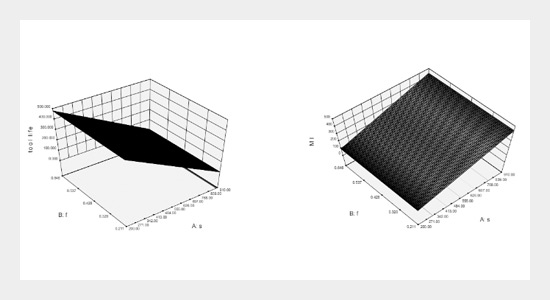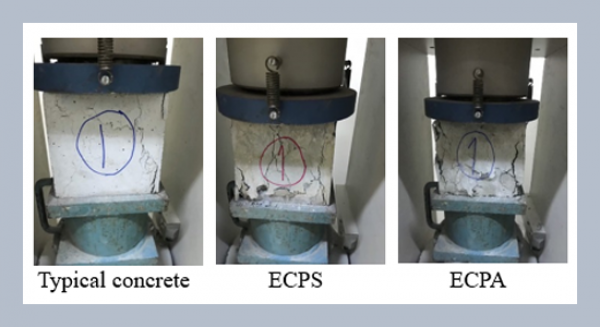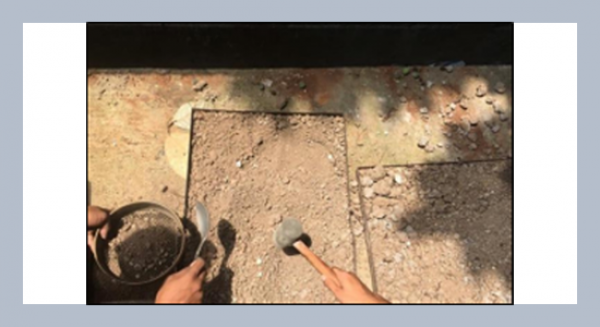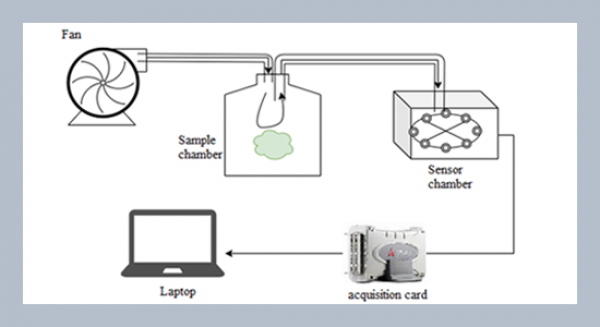K. Devaki Devia*, K. Satish Babub, and K. Hemachandra Reddyc aDepartment of Mechanical Engineering , G Pulla Reddy Engineering College, India
bDepartment of Mechanical Engineering, Ravindra College of Engineering for Women, India
cRegistrar, JNTUA, Anatapuram, India
Download Citation:
|
Download PDF
Quality plays a vital role since the extent of quality of the produced item influences the degree of satisfaction of the consumer during its usage. Apart from quality, productivity is the next criterion, which is directly related to the profit of the organization. The present paper invites optimization problem which seeks identification of the best process condition or parametric combination for the said manufacturing process. If the problem is related to a single quality attribute then it is called single objective optimization. If more than one attribute comes into consideration it is very difficult to select the optimal setting which can achieve all quality requirements simultaneously. In order to tackle such a Multi-Objective Optimization problem, the present study applied Response Surface Methodology through an experimental study in straight turning of brass bar. The study aimed at evaluating the best process environment which could simultaneously satisfy requirements of both quality and as well as productivity. Finally the effect of four input variables namely cutting speed, feed, depth of cut and type of coolant on different output parameters is studied in the study. The predicted optimal setting ensured minimization of surface roughness and maximization of MRR (Material Removal Rate), tool life and machinability index. Optimal result was satisfactorily verified through confirmatory test.ABSTRACT
Keywords:
Multi-Objective Optimization; response surface methodology; surface roughness; material removal rate; tool life; machinability index.
Share this article with your colleagues
REFERENCES
ARTICLE INFORMATION
Received:
2014-01-03
Revised:
2014-04-09
Accepted:
2014-12-09
Available Online:
2015-03-01
Devi, K.D., Babu, K.S., Reddy, K.H. 2015. Mathematical modeling and optimization of turning process parameters using response surface methodology. International Journal of Applied Science and Engineering, 13, 55–68. https://doi.org/10.6703/IJASE.2015.13(1).55
Cite this article:















